
This may be one of the most famous photos on earth. Taken from Apollo 8 as it orbited the moon, the photo shows how we might appear to them--life forms in other parts of the cosoms. This week, the question of them is very much in the news, as earth visitors descend upon notorious Area 51 in the Nevada desert. It is rumored that aliens are being kept at the highly secret US facility. People want a look.
Who are they? Where do they come from? Do they really exist? I don't know, but @shaka's #LMAC challenge is back, and it's time for fun. I thought I'd have some by combining art with science--by imagining another kind of moon landing. This time, it's them, the aliens. What would they have to be like to survive on the moon?
Below, see my entry into @shaka's contest. I'm imagining an alien moon landing.
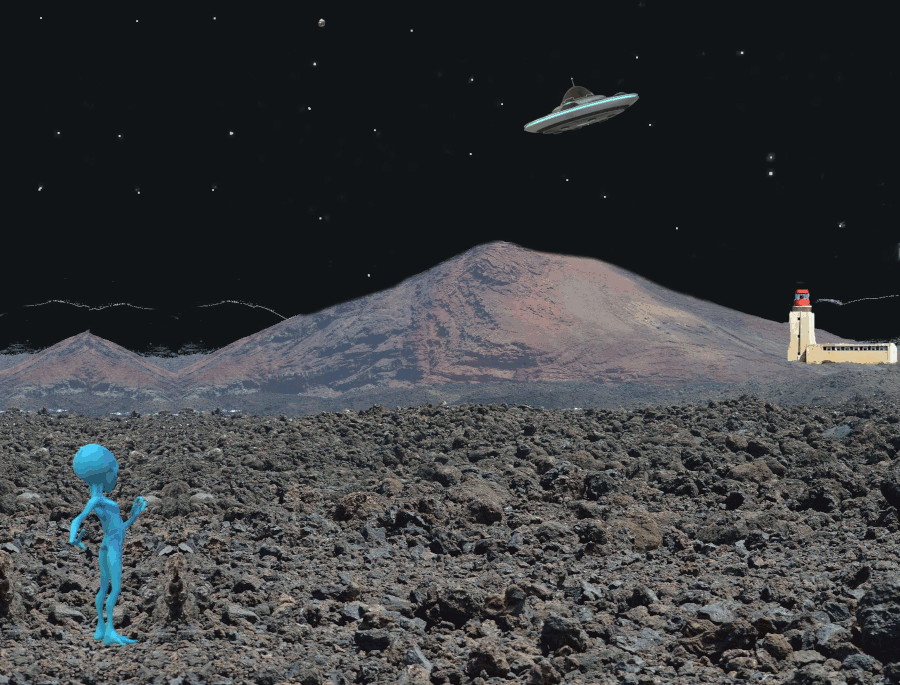
@shaka's photo, which prompted my fantastical excursion:
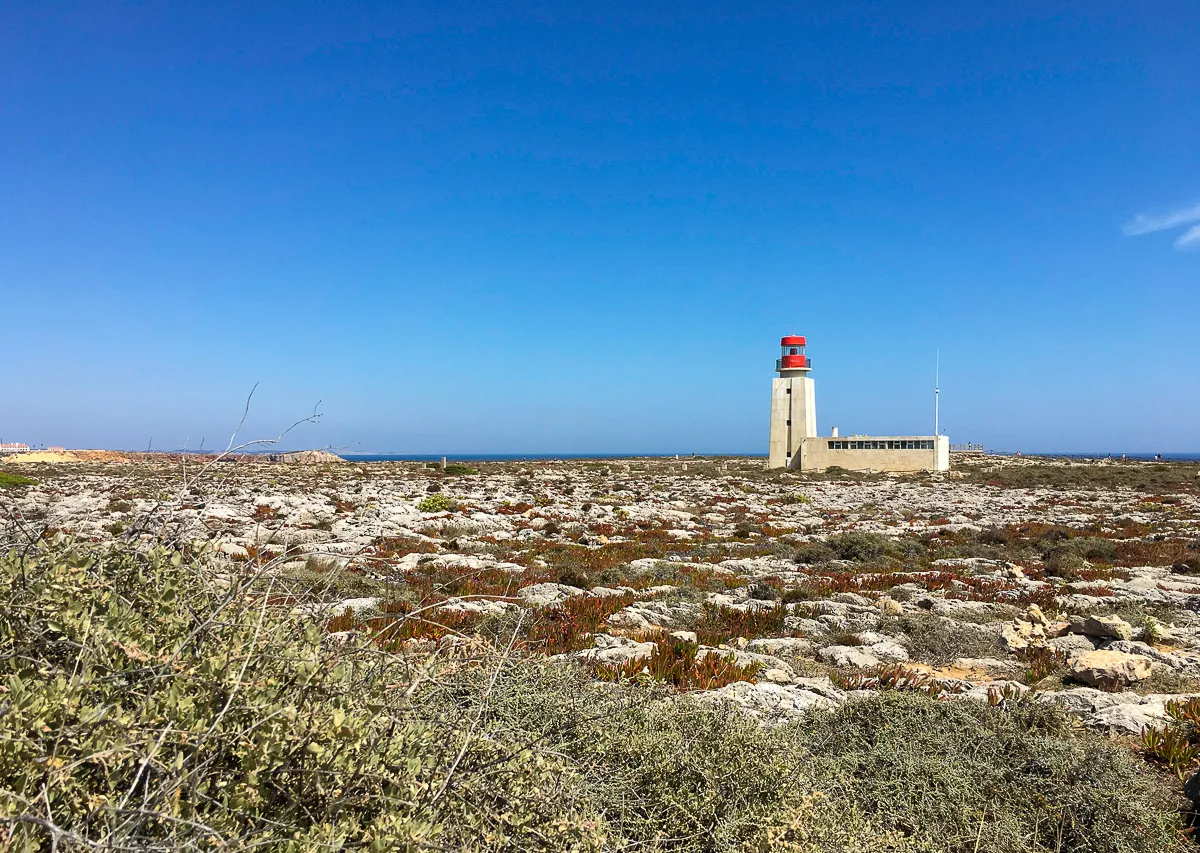
Of course the surface of the moon doesn't look like either picture. The moon is covered by a dust called regolith. According to NASA, Micrometeorites have bombarded the moon for a billion years and have pounded many lunar rocks into dust. As a matter of fact, this dust is one of the things that would make life on the moon extremely challenging for humans. A component of the dust is finely ground, abrasive glass. We would breathe it in. It would destroy our lungs.
Surface of the Moon Looks Like This
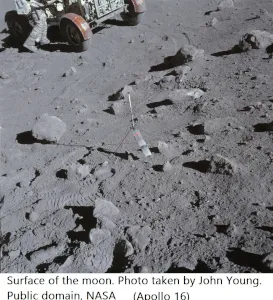
The ubiquitous dust would destroy gears in machinery. An article in Discover Magazine explains that when astronauts from the Apollo Mission walked on the moon, the joints of their space suits were nearly destroyed by dust after just three days.
Footprint on the Moon
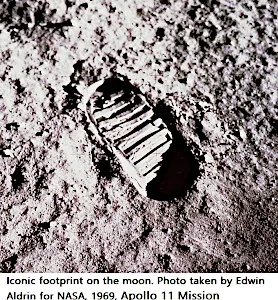
So, aliens landing on the moon would need to have some sort of breathing arrangement that didn't involve exposing soft tissue to lunar dust. Their skin would have to be made of pretty tough stuff, to protect them from the omnipresent, abrasive glass particles.
Gravity
The moon does have gravity, though it's not as strong as the earth's gravity. That, according to the Planetarium at the University of Southern Maine, is because the moon does not have as much mass as the earth. It is the amount of mass that determines gravitational pull. Our astronauts were able to walk on the moon. They just needed to adjust their technique.
Astronauts Are Conditioned to the Moon's Reduced Gravitational Pull
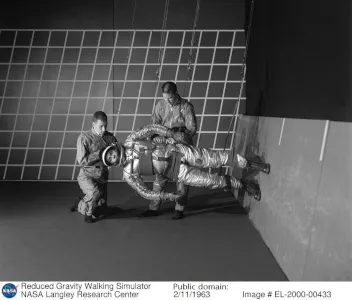
According to the caption that accompanied this picture, in this device, an astronaut in training is suspended in a sling at such an angle that the force pulling him toward the (perpendicular) platform on which he stands is exerting a force that is 1/6th earth's gravity.
So I guess, aliens could move around fine on the moon, if they were accustomed to the lower gravitational pull--about 1/6th as powerful as the earth's pull. Come to think of it, that might be exactly what the aliens are accustomed to.
Breathing on the Moon
The moon has a very, very thin atmosphere. It was once believed there was no atmosphere on the moon. But, traces of gases have been found, and these constitute a weak atmosphere. The gases are said to arise from the moon itself--lunar quakes may release these--and also from the micrometeorites that constantly crash into the surface.
If you look at my picture carefully (why would you 😄?), you will see one of those micrometeorites crashing to earth in the background.
Gases that have been detected include argon-40, helium-4, oxygen, methane, nitrogen, carbon monoxide and carbon dioxide.
So, how would our aliens breathe? We have to imagine a highly efficient system where the few gases available are used at peak times (daylight) and stored so that when the gases aren't available the resources could be drawn upon. This would be at night, when temperatures are so low that the available gases fall to the ground.
Temperature
This would be another thorny issue for moon explorers to deal with. According to Space.com, some of the coldest temperatures in the solar system have been detected on the moon. And yet, the moon can be boiling hot. The variability in temperature is partly due to its almost non-existent atmosphere. An atmosphere would offer insulation and cut down on the variability in temperature.
The moon does not have seasons, because it is permanently tilted on its axis. This means there are areas of the moon that never see sun. Here may be found frozen craters. Paradoxically, it is the craters that offer humans the greatest hope for sustainable life. For it is believed water is trapped in ice there.
How would aliens adapt to the extreme temperatures? Would they cheerfully greet the existence of water? Would they need water? Research that explored the possibility of life on Titan (a moon of Saturn) suggests that methane, rather than water, might support life. We have to keep our minds open about the kinds of aliens that might land on the moon.
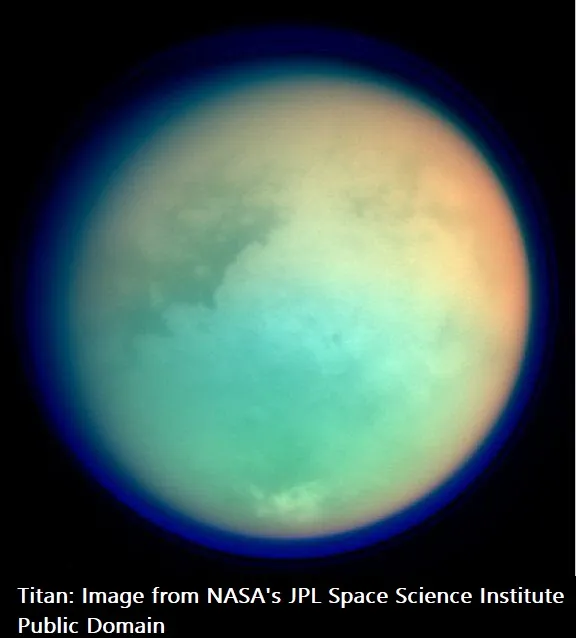

I hope you have enjoyed my sideways excursion into moon trivia. @shaka's contest is always a creative challenge and always leads me to explore new ideas. If you want to see some brilliantly imaginative work, check out the other entries in the contest this week.
Besides @shaka's photo, I used one public domain image from Pixabay to make my collage/gif, and both Paint 3d and Gimp for creatures, space ships and lighting effects.
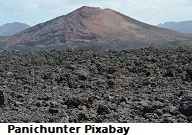
Resources
NPR: https://www.npr.org/2019/09/20/762897934/storm-area-51-fails-to-materialize
Universe Today: https://www.universetoday.com/20360/lunar-regolith/
Wiley Online Library: https://agupubs.onlinelibrary.wiley.com/doi/pdf/10.1029/2005RG000184
Discover Magazine: http://discovermagazine.com/2007/mar/can-we-survive-on-the-moon
Planetarium of the University of South Maine: https://usm.maine.edu/planet/does-moon-have-gravity
Space.com: https://www.space.com/18067-moon-atmosphere.html
NASA/Langley Research Center: https://archive.org/details/NIX-EL-2000-00433
The Universe Today: https://www.universetoday.com/129759/life-titan-possible-without-water/